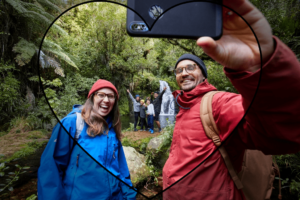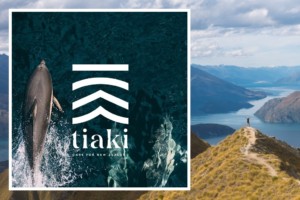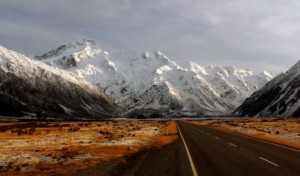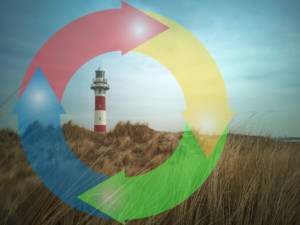‘Real-life tourism’: The essence of regenerative tourism
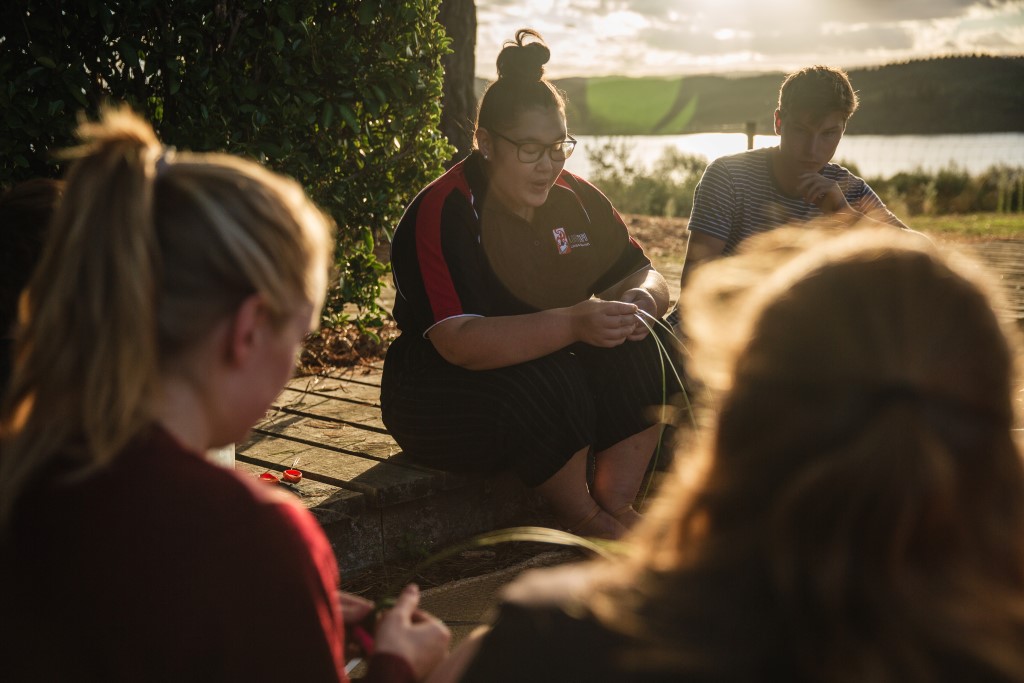
Bronwyn Hutchison would like to see more examples of regenerative tourism in practice. In her second “Good Tourism” Insight, Ms Hutchison sheds light on a family-run lodge and tour operation in New Zealand whose regenerative practices, it is claimed, are rooted in Māori beliefs and customs.
Regenerative tourism is evolving as the new catch-cry for post-COVID-19 tourism but we need to see more examples of it in practice.
Regenerative tourism has been described as leaving a place better than how you found it, but it goes further than that. It recognises the connection between all living systems and the importance of the host community.
Also see the Suzanne Becken and David Gillbanks’ “GT” Insight
“Regenerative tourism vs sustainable tourism: What’s the difference?
Regenerative tourism aims for flourishing living systems; living systems that feel good and function effectively. While ecological systems are self-regulating, socio-ecological systems involve humans who make conscious decisions. Therefore we have a role in supporting system flourishing.
I define regenerative tourism as:
Contextually grounded in its manifestation, regenerative tourism is a systems approach that reflects an Indigenous worldview of the interconnectedness of all living things and uses diverse and regenerative economies to support whole system health and flourishing.
Being ‘contextually grounded’ simply means that regenerative tourism looks different from place to place depending on the local community.
Also see Loretta Bellato’s “GT” Insight
“Is ‘regenerative tourism’ just a rebranding of ‘sustainable tourism’?”
‘Real-life tourism’ in Aotearoa
One tourism operation that illustrates the principles of regenerative tourism, or, as they would describe it, ‘real-life tourism’, is Kohutapu Lodge and Tribal Tours in Murupara, a town in the Bay of Plenty region of New Zealand’s North Island.
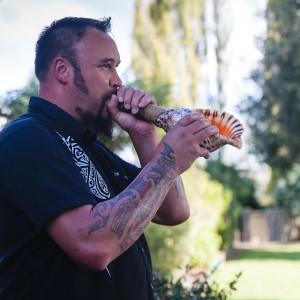
Owned and operated by the Toetoe whānau (family), Kohutapu Lodge offers a Māori cultural tourism experience with the opportunity to reconnect with nature and support the local community.
The Toetoes set up Kohutapu Lodge with the vision to ‘change a town through tourism’. Their operation is contributing to a living system that is indeed flourishing; feeling good and functioning well.
Kohutapu Lodge is located in Ngāti Manawa lands, and the Toetoes apply Ngāti Manawa tikanga (custom) to their tourism operation.
For example, in accordance with Ngāti Manawa tikanga the first eel caught is always returned to the water and only one is taken for sharing.
Kohutapu Lodge is contextually grounded in the Murupara rohe (tribal area). For the Toetoes, this means that they appreciate the importance of sharing the rewards of tourism with the community in whose land it is based, and the value of sharing Ngāti Manawa history, stories, and culture with tourists.
Also see Bronwyn Hutchison’s “GT” Insight
“How New Zealand’s Tiaki Promise advances regenerative tourism”
I had the opportunity to interview Nadine Toetoe about the values behind Kohutapu Lodge and its regenerative tourism practices. She identified Indigenous cultural belief structures as their primary source.
“It is our tikanga and culture as Māori that is the fundamental basis of regenerative tourism,” she said.
“Everything has a mauri (life force) and people, nature, and community are one.
“If the land and the waterways are not well, the people will not be well. But if our people are not well, how can we fix the land and the waterways?
“Everything is a flow on and when one is out of kilter, then it’s going to impact on the other areas.”

Regeneration for the next generation
An extractive economy depletes resources, but a regenerative economy puts resources back into the system and builds capacity.
Kohutapu Lodge prioritises community support over tourist throughput.
For example, the Toetoes support local schools by providing food and money and facilitating cultural exchange between the tamariki (children) and tourists. This reinforces social and cultural values and builds system capacity.
The tamariki learn more about who they are and where they come from, and to be proud of their culture. Their eyes are opened to hope and opportunities for the future.
Also see Kristin Dunne’s “GT” Insight
“Planning tourism with purpose & love in New Zealand’s Bay of Plenty”
Tourists receive an experience whose value transcends the economic exchange and which offers an insight into a different way of thinking.
As tour operators, the Toetoes receive, in addition to a livelihood, the intangible benefits of valuing highly their culture, sharing it, and supporting their community.
Rather than chase the tourist dollar at any cost, the Toetoes are developing a tourism product that is fit for their people and their place.
This is the essence of regenerative tourism.
What do you think? Share a short anecdote or comment below. Or write a deeper “GT” Insight. The “Good Tourism” Blog welcomes diversity of opinion and perspective about travel & tourism because travel & tourism is everyone’s business.
Featured image (top of post): Sharing cultural practices as part of a regenerative, ‘real-life’, tourism approach at Kohutapu Lodge, NZ.
About the author

Bronwyn Hutchison is an independent researcher with an interest in Indigenous tourism and the role of tourism in gender empowerment. Ms Hutchison holds a Master’s degree from Massey University, New Zealand.


